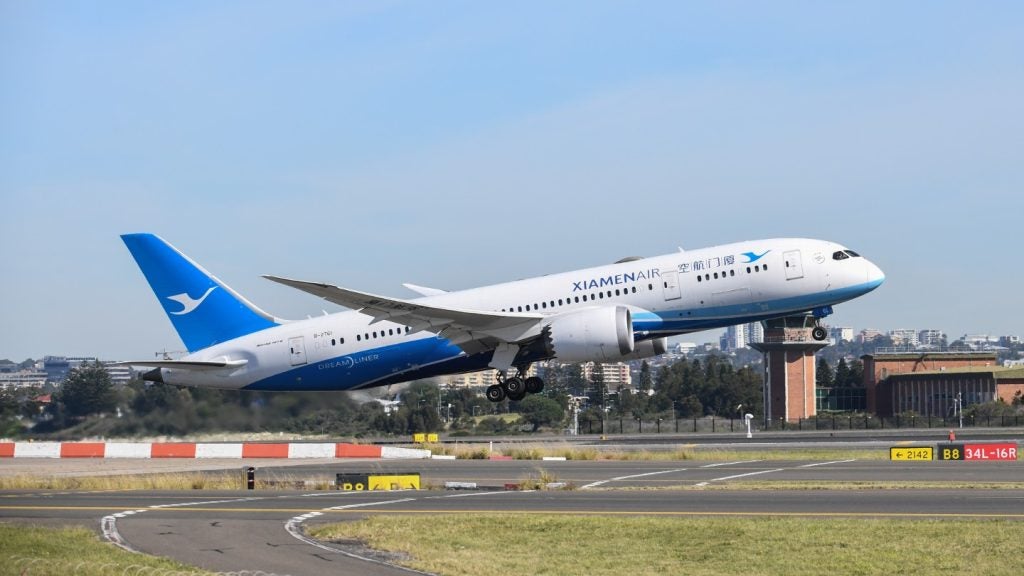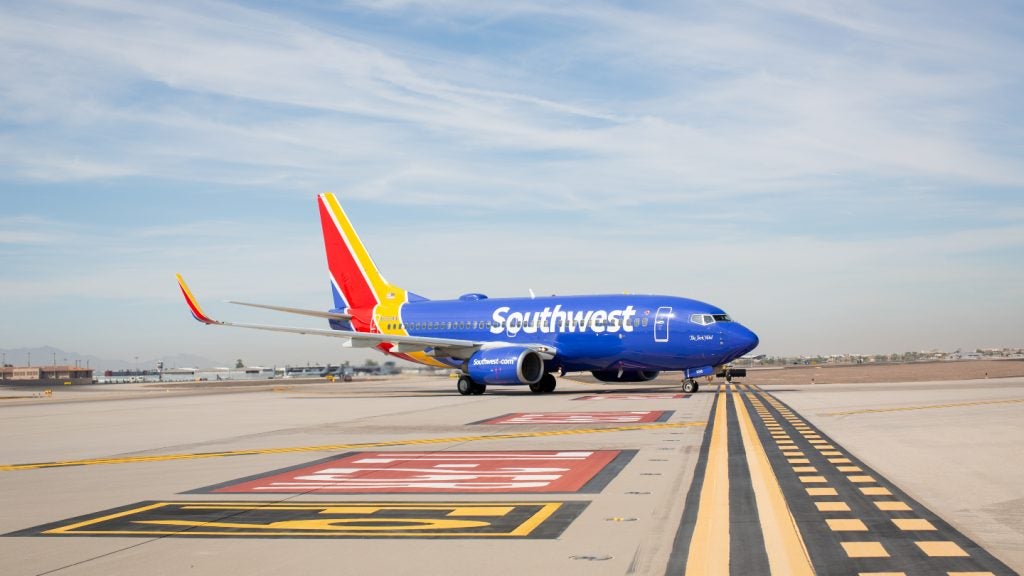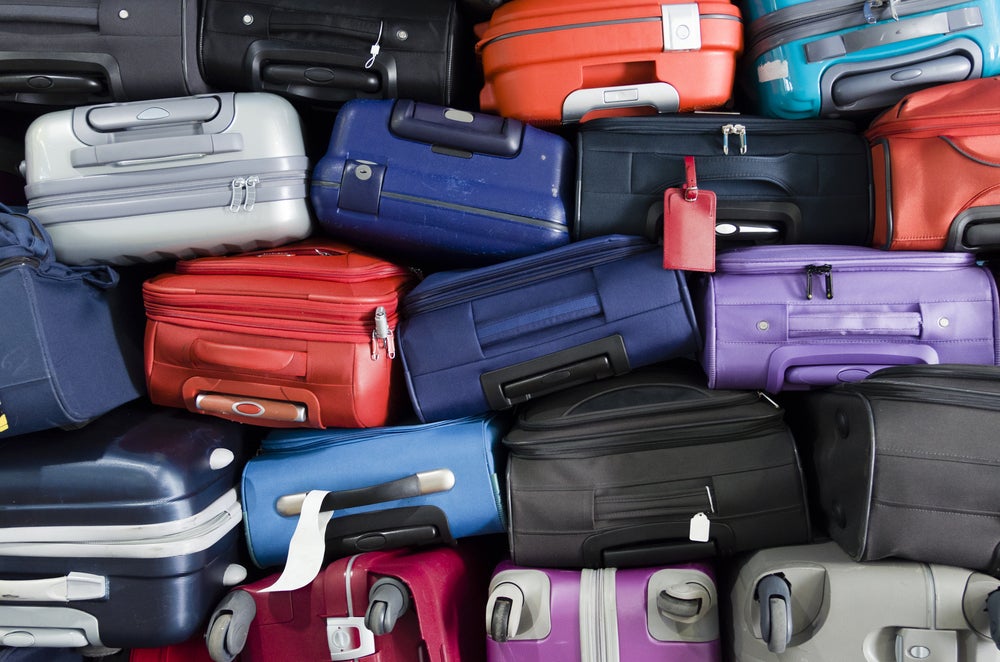Hong Kong International Airport (HKIA) has revealed plans to increase the number of mainland China-based remote check-in and baggage drop facilities from 16 to 29 by 2025.
This is part of its strategy to gain a greater share of cross-border air passengers, reported South China Morning Post.
The plan was announced by Airport Authority Hong Kong CEO Fred Lam Tin-fuk at the fourth Aviation Silk Road International Conference.
Under the proposals, 13 new upstream check-in facilities will be added over the next six years. The existing remote check-in and baggage drop facilities are based at ferry terminals and cross-border check points in the Greater Bay area.
These ‘city terminals’ primarily cater to passengers travelling to and from HKIA by coach.
With the expanded facility, the airport plans to attract more mainland Chinese passengers to fly through Hong Kong instead of other cities such as Guangzhou and Shenzhen.
How well do you really know your competitors?
Access the most comprehensive Company Profiles on the market, powered by GlobalData. Save hours of research. Gain competitive edge.

Thank you!
Your download email will arrive shortly
Not ready to buy yet? Download a free sample
We are confident about the unique quality of our Company Profiles. However, we want you to make the most beneficial decision for your business, so we offer a free sample that you can download by submitting the below form
By GlobalDataHKIA handled around 14.5 million passengers in 2018.
China plans to integrate Hong Kong, Macau and nine other mainland cities with the aim of turning them into economic hubs capable of competing with other financial centres such as Silicon Valley.
The Greater Bay area is currently served by five airports, all of which lie just 150km away from each other.
Hong Kong airport is the busiest in terms of routes and traffic. However, Shenzhen and Guangzhou are quickly catching up.
In February, Chinese authorities granted approval to a ticketing arrangement that integrates airlines with other types of transport between Hong Kong and mainland China.
Lam was quoted by the publication as saying: “Last month’s development plan outlined by Beijing really puts Hong Kong International Airport on the map in terms of being the region’s aviation hub.






